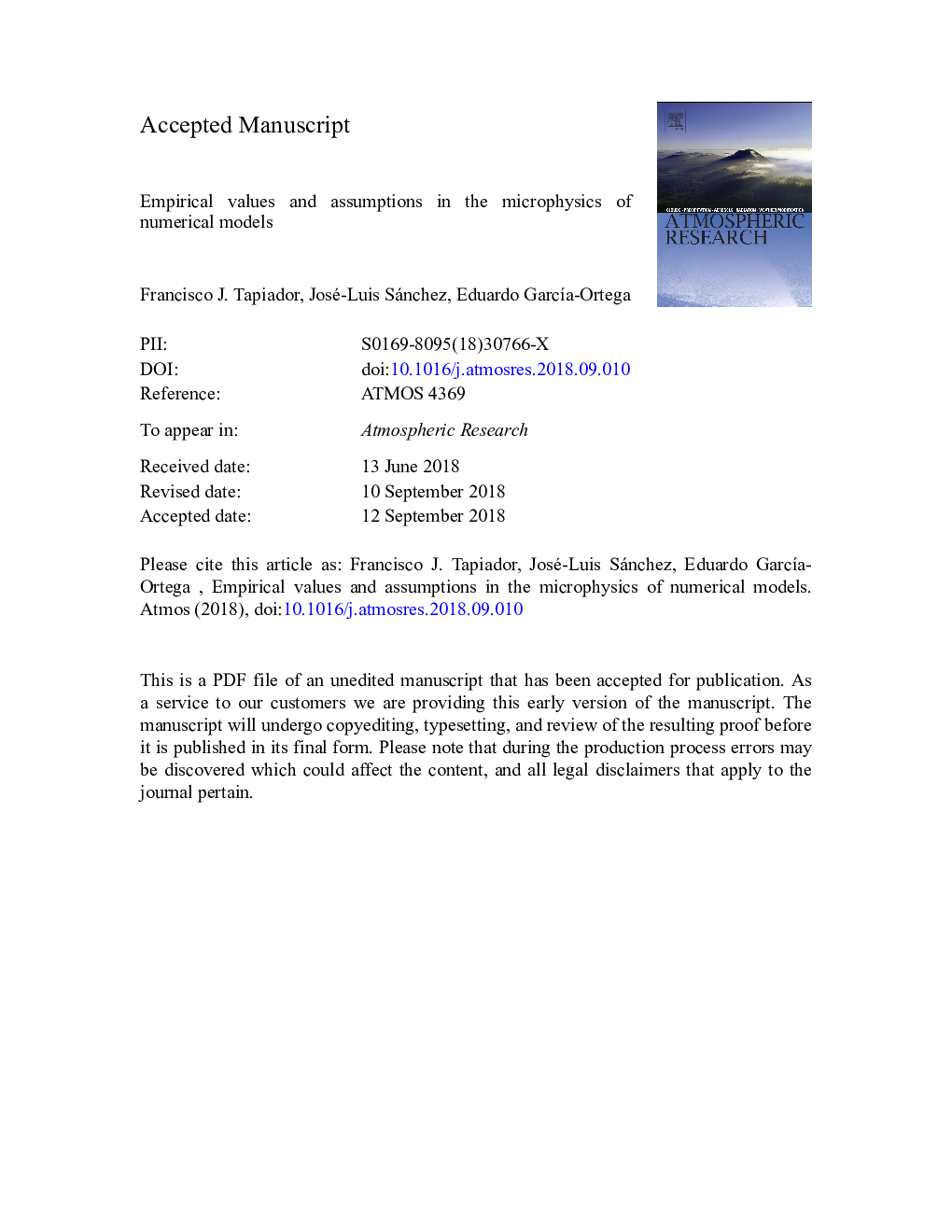| Article ID | Journal | Published Year | Pages | File Type |
|---|---|---|---|---|
| 10149650 | Atmospheric Research | 2019 | 94 Pages |
Abstract
The microphysics of precipitation has to be parameterized in Earth System Models (ESM), Global Circulation/Climate Models (GCMs), Cloud Resolving Models (CRMs), Regional Climate Models (RCMs), and Numerical Weather Prediction (NWP) models since the relevant physical processes operate at centimeter scale, thus well below the finest model grid size. While more than 20 bulk microphysics schemes have been described in the literature, they all have a number of empirical values and work under a set of reasonable assumptions that treat the problems in a simplified way. This paper discusses these choices in order to present a homogenous account of the physics within the parameterizations, and illustrates how observations can help improve our present understanding of precipitation physics. The Weather and Forecasting Research model (WRF), and the Community Atmosphere Model (CAM) in the Community Earth System Model (CESM) are used as prototypes of full-confidence models. This contribution can also help frame and advance research into the human-induced, ongoing climate change as those parameterizations are instrumental for the appropriate ESM modeling of future climates.
Related Topics
Physical Sciences and Engineering
Earth and Planetary Sciences
Atmospheric Science
Authors
Francisco J. Tapiador, José-Luis Sánchez, Eduardo GarcÃa-Ortega,
